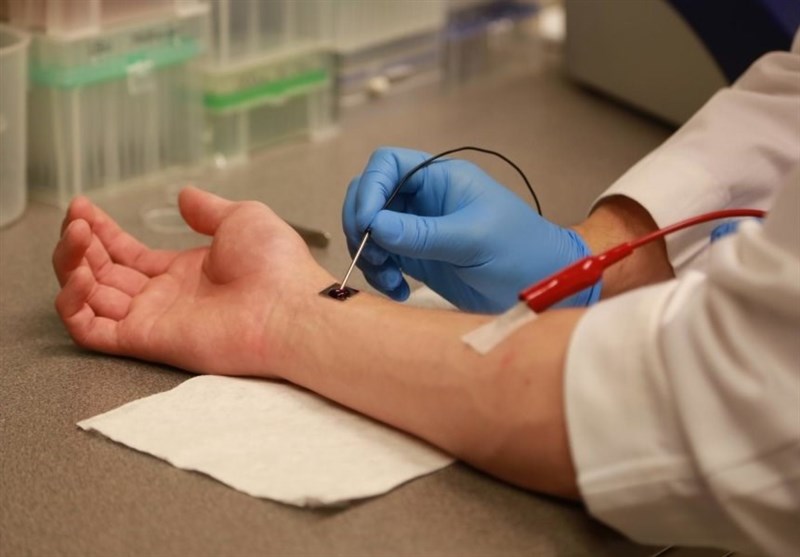Regenerative Medicine Breakthrough
TEHRAN (Tasnim) - Scientists developed a device that can switch cell function to rescue failing body functions with a single touch. The technology, dubbed Tissue Nanotransfection (TNT), injects genetic code into skin cells, turning them into other types of cells required for treating disease.
Researchers at The Ohio State University Wexner Medical Center and Ohio State's College of Engineering have developed the new technology. Results of the study were published in the journal Nature Nanotechnology.
"By using our novel nanochip technology, injured or compromised organs can be replaced. We have shown that skin is a fertile land where we can grow the elements of any organ that is declining," said Dr. Chandan Sen, director of Ohio State's Center for Regenerative Medicine & Cell Based Therapies.
Researchers studied mice and pigs in these experiments. In the study, researchers were able to reprogram skin cells to become vascular cells in badly injured legs that lacked blood flow. Within one week, active blood vessels appeared in the injured leg, and by the second week, the leg was saved. In lab tests, this technology was also shown to reprogram skin cells in the live body into nerve cells that were injected into brain-injured mice to help them recover from stroke.
"This is difficult to imagine, but it is achievable, successfully working about 98 percent of the time. With this technology, we can convert skin cells into elements of any organ with just one touch. This process only takes less than a second and is non-invasive, and then you're off. The chip does not stay with you, and the reprogramming of the cell starts. Our technology keeps the cells in the body under immune surveillance, so immune suppression is not necessary," Sen explained.
TNT technology has two major components: First is a nanotechnology-based chip designed to deliver cargo to adult cells in the live body. Second is the design of specific biological cargo for cell conversion.
TNT doesn't require any laboratory-based procedures and may be implemented at the point of care. The procedure is also non-invasive. The cargo is delivered by zapping the device with a small electrical charge that is barely felt by the patient.
Researchers plan to start clinical trials next year to test this technology in humans, Sen said.





